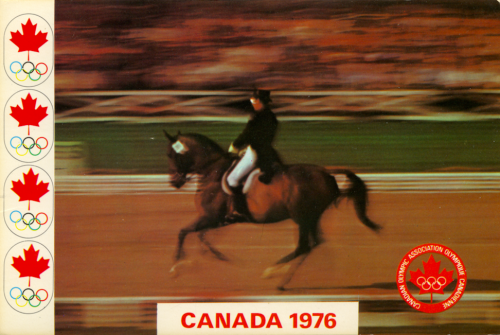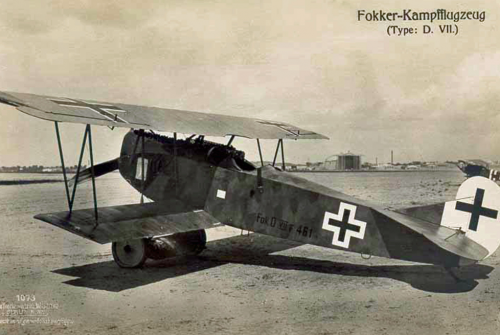Irish Republican Army (IRA) in Brome-Missisquoi in June of 1866
In 1858 a secret Irish society was founded in New York to fight against the British Empire. In the aftermath of the American Civil War (1861-1865), it was this Fenian Fraternity or Fenian Brotherhood that established an army of Irish soldiers in the United States to invade Canada. This was the birth of the “Irish Republican Army”, commonly known by the initials IRA.
After invasions in New Brunswick, at Campobello in April, then at Ridgeway, Ontario in early June, 1866, the Irish troops launched their attack on the province of Canada East (Quebec) from June 7-10, 1866. This military assault mainly occurred along the border at Cook’s Corner (St-Armand), on Eccles Hill Road (Pigeon Hill) and in Frelighsburg. The Montreal, French-language newspaper La Minerve, like other publications, reported the news dispatches from their correspondents providing on-site coverage. The first account from the border was sent by telegraph on June 9, 1866: “St. Armand, June 8, 1866- The Fenians came here in large numbers and took Pigeon Hill (St-Armand). The telegraph office is closed and the authorities immediately cut the wires so they would no longer be able to communicate with the places controlled by the Fenians.”
Under the command of Brigadier-General Samuel Perkins Spear, about 1,500 Fenian soldiers crossed the international border on June 7, 1866. A cavalry officer during the American Civil War, Samuel Spear was the commander for this raid on Saint-Jean-sur-Richelieu to reach Montreal by train. He invaded the Brome-Missisquoi area with a few hundred veteran Irish soldiers, who planted the Green Erin Flag on the Frelighsburg and Saint-Armand customs stations. The Fenians flew the British flags during an exchange of gunfire on the bridge and in the surroundings of Frelighsburg. Spear established his advanced military camp on Eccles Road without meeting any resistance.
Spear’s objective was to set up a cavalry troop from Saint-Armand, but the lack of horses and sufficient supplies forced the officers to try to buy and then requisition horses that were on neighbouring farms. Some of the officers drew up notes with a promise of reimbursement, but many of the horses were simply stolen. After three days of occupying Missisquoi County, Spear was told about the arrival of the Royal Guides cavalry troops from Montreal and the Canadian infantry from Saint-Jean-sur-Richelieu. And, in fact, not all his men were veteran soldiers. He led an undisciplined troop, which started committing criminal acts in Missisquoi County, such as pillaging homes, seizing livestock and terrorizing the local population. This first failed invasion in Brome-Missisquoi would be followed by the second attack that began on May 25, 1870, one that county residents would be ready for, stocked with ammunition to defend against the new Fenian invaders at Eccles Hill…
In the publication “Les Féniens arrivent… Histoire illustrée d’une invasion irlandaise à l’origine de la Confédération (1866-1870)” The Fenians are coming…the Illustrated History of an Irish invasion at the birth of Confederation which will be published in June by the Missisquoi Museum in Stanbridge East and Historian without Borders, there are many previously unpublicized accounts of residents of Dunham, Saint-Armand, Pigeon Hill, Frelighsburg and Stanbridge East that were related about this three-day invasion by the IRA on Canadian soil during the trial in Sweetsburg (Cowansville).
The Missisquoi Museum will be presenting an exhibition titled “The Fenians are Coming”, from May 29 to October 9, 2016, to commemorate the 150th anniversary of this battle.




0 comments